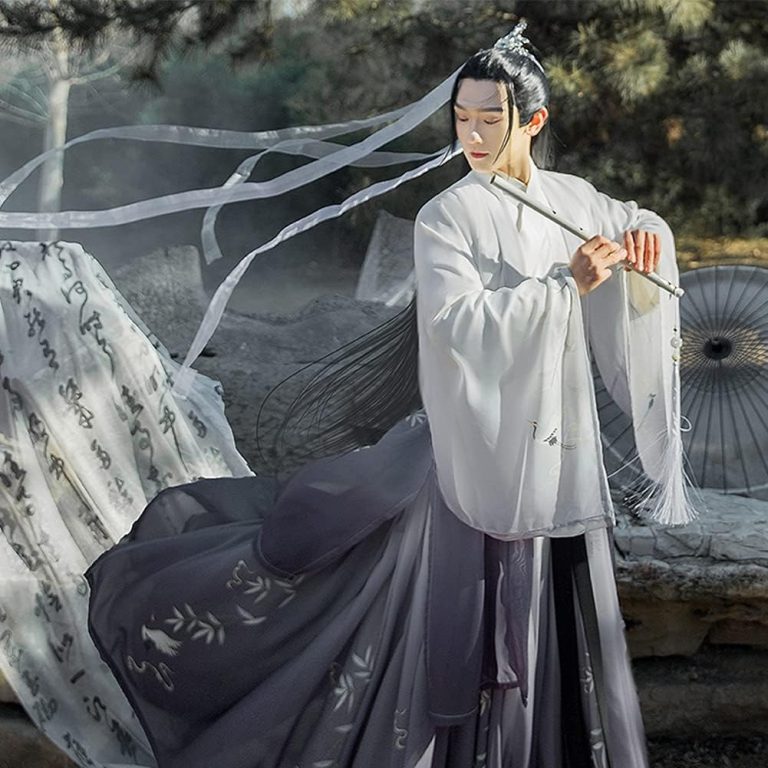
Deliciously marinated and seasoned chicken breasts on a charcoal grill
Mastering the art of playing tennis on clay courts is a skill that requires practice, patience, and a certain level of finesse. Unlike grass or hard courts, clay surfaces present unique challenges and opportunities for players. The surface is slower, the ball bounces higher, and it requires more physical effort to move around. However, with the right approach and strategies in place, one can truly excel on this distinctive surface.
Firstly, footwork plays an essential role when playing on a clay court. The slippery nature of the surface makes movement more challenging than other types of courts. It’s crucial to learn how to slide into your shots correctly without losing balance or control over your swing. Sliding allows you to cover more ground quickly while also preparing for your next shot.
Secondly, patience is key when playing on clay courts because rallies tend to be longer due to the slow pace of the game. Players need to be prepared physically and mentally for these extended exchanges as they can often determine the outcome of a match. Developing stamina through endurance training will help maintain high energy levels throughout long matches.
Moreover, mastering topspin strokes is another critical aspect in conquering clay court games since it influences how much bounce and speed you can put into your shots. Topspin shots are effective because they cause high bounces that can disrupt an opponent’s rhythm or force them out of their comfort zone.
Another strategy includes varying shot heights and speeds which keeps opponents guessing and prevents them from settling into a comfortable rhythm during rallies. Mixing up heavy topspin balls with slice shots can keep opponents off balance while exploiting any weaknesses in their game.
Additionally, understanding how to use angles effectively becomes particularly important on clay courts where points are often won by hitting balls away from opponents rather than through them due to slower court speed conditions.
Lastly but importantly is serve placement rather than power; focus should be placed upon accuracy instead of speed when serving on a clay court since power serves are less effective due to the slower court speed. Placing serves intelligently can set up points in your favor and put immediate pressure on your opponent.
Mastering the art of playing on clay courts is indeed a challenging task, but with the right mindset, strategies, and practice, it’s an achievable goal. It requires adaptability as well as a strong understanding of the game’s technicalities. With patience and perseverance, you can transform these challenges into opportunities for growth and improvement in your tennis game. Remember that every great player was once a beginner who kept pushing their boundaries until they achieved mastery.



